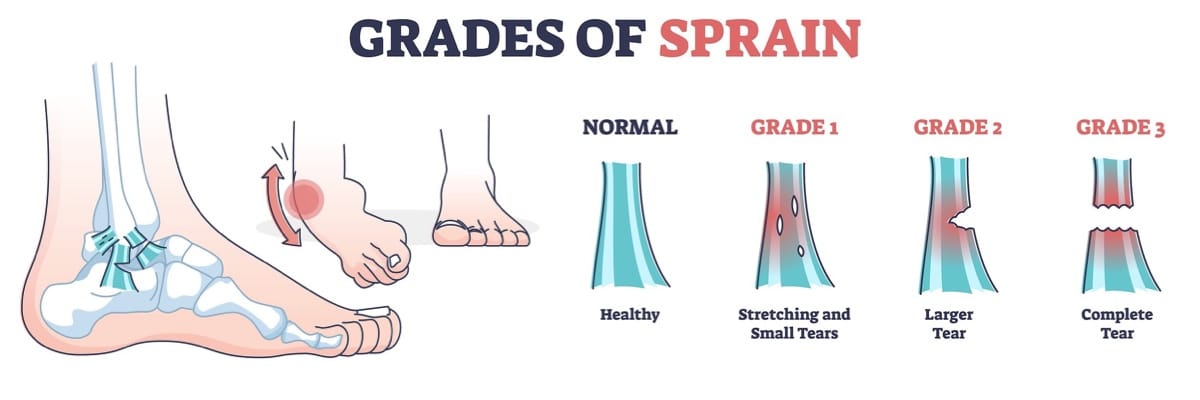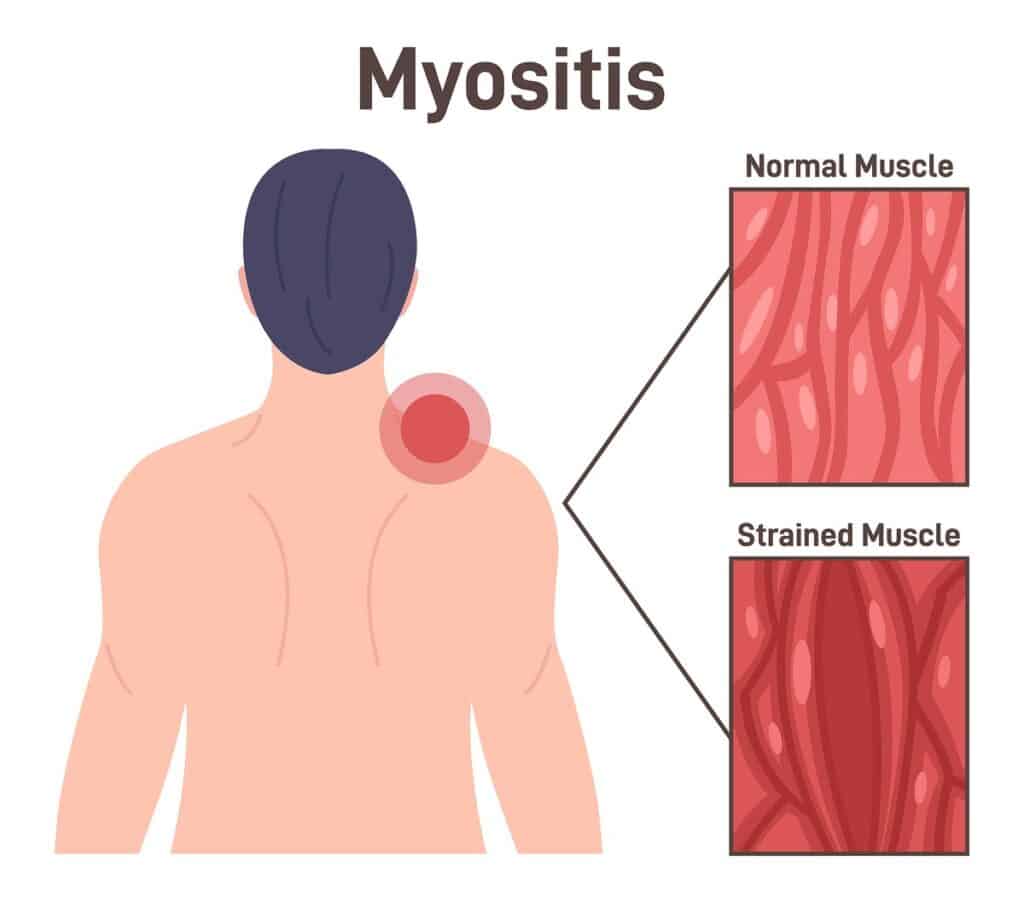
Sprains and strains are not one and the same—sure, they’re both injuries to the musculoskeletal system, but they’re not interchangeable.
They can both result from car accidents (that’s the automobiles part), sports, hiking, or other activities. If you’re wondering what the actual difference is, and how chiropractic can help, keep reading. We’ll keep it interesting, we promise.
The terms are often confused, and though they’re not exactly the same, they both cause pain, redness, swelling, pain to the touch, and limited movement in the area they occur.
Sprains
A sprain occurs when a ligament is stretched or torn. A ligament is a strong and fibrous band of rope-like tissue that connects two (or more) bones at a joint. When you suffer a sprain, you may have injured one or more ligaments. Sprains usually occur as a result of falling or twisting the wrong way, making the joint go a way it isn’t supposed to. Think: twisting an ankle incorrectly while playing sports.
There are three degrees of severity: a stretched ligament (mild), partially torn ligament (severe), or a completely torn ligament (rupture). The degree of the sprain and the number of ligaments involved generally indicate how bad the injury is.
Any joint can be sprained, but the most vulnerable spots in the body susceptible to sprain injury are in the upper and lower extremities of the body, most commonly the ankle, knee, and wrist:
Ankle sprain – If the foot turns inward while you run, turn, or land after jumping, you may get an ankle sprain.
Knee sprain – Sudden twisting of the knee or a blow to the knee can cause a knee sprain. Knee sprains are common with sports like football, snowskiing or basketball.
Wrist sprain – Falling and landing on your hand(s) can cause wrist injury and possible sprain.
Signs and symptoms of sprains vary depending on how severe the sprain is. Look out for:
Wondering if you have a sprain? Diagnose it to be sure by:
Going to your doctor – Your healthcare provider will take a history and perform a physical exam to see if the history and exam results are consistent with a joint injury and/or ligament injury. They’ll check for swelling, range of motion, and joint stability.
Getting an X-ray – An x-ray will help make sure there’s not a broken bone. Ligaments can’t be seen on an x-ray, but fractures should be ruled out. An ultrasound or MRI might also be used to evaluate your injury.

A strain is an acute or chronic soft tissue injury that’s caused by overstretching or tearing a muscle or tendon or both. (Quick reminder: Sprains happen to ligaments.) Strains occur because of trauma, overexertion, and/or repetitive movements like lifting a heavy item, overexercising, or whiplash from a car accident.
It doesn’t take much to strain a muscle or tendon, but there are levels of strains, with some minimal that can be treated at home, whereas other strains are full tears of muscle that could require medical attention—especially if you have numbness or tingling.
Strains are common in these areas of the body, among others:
You’ll likely know, but just in case, be on the lookout for:
If you’re not sure whether it’s a strain, go see your medical care provider. They will do a physical exam, look at the degree of swelling and tenderness, and determine next best steps.
What do automobiles have to do with it? Car accidents commonly cause both sprains and strains. The trauma can cause both injuries to drivers and passengers, and it can worsen if not addressed with proper treatment. Muscle pain and soreness are the most common injuries chiropractic patients come in with. Strains and sprains are common after a car crash, too—all of the above can respond well to timely chiropractic treatment.

Chiropractic care focuses on aligning and adjusting the spine, joints, ligaments, and muscles, focusing on helping the nervous systems function optimally to relieve pain and improve function. Pain and resulting issues that come with sprains and strains don’t always have to be helped with medications or surgery, but instead, your chiropractor can offer:
All of the above can support the healing of the injured area and allow quicker recovery. It may also allow you to become stronger and prevent re-injury. Helping strains and sprains heal properly and quickly help you get back to your regular, active lifestyle. We will also refer you to an appropriate specialist, like an orthopedic surgeon, if needed. Fun fact: one recent study of persons with chronic ankle instability from repeated strains had improved symptoms and functionality with chiropractic manipulations.
Take care of your body with chiropractic care to avoid sprains and strains, and to ensure everything is working in optimal working order.
Copyright @2025 Element Chiropractic — 875 SW Rimrock Way Suite 103, Redmond, OR 97756